
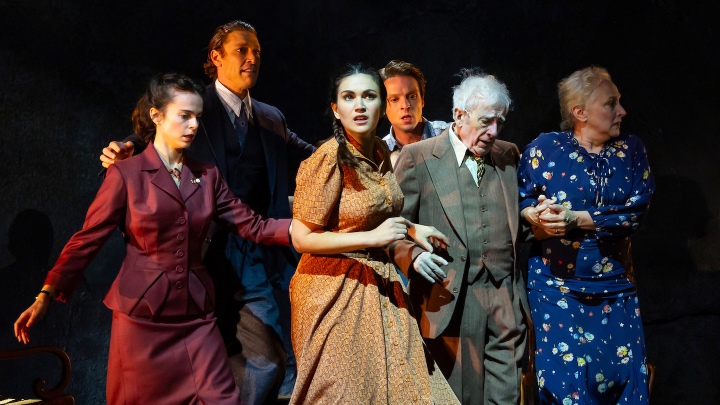
So, before going any further, let me allay any potential fears. All those elements are indeed present, but apart from the occasional surprising noise (not too loud), nothing here induces the raw shock and terror that the description implies.
And that’s part of the problem.
I can imagine that many audience members will be moved by Emily Mann’s adaptation of Wladyslaw Szpilman’s famous memoir (which was, of course, also turned into a celebrated film). Everything about this production looks top tier, including striking, impressionistic scenery by Beowulf Boritt, apt costumes by Linda Cho, moodily beautiful lighting by Japhy Weideman and more. Mann, whose role here encompasses both writing and directing, has created consistently stunning stage pictures.
But pictorial is what The Pianist mostly remains. Mann is very experienced at adapting books to the stage—including the long-running hit, Having Our Say, a revival of which will be at George Street beginning in November.
Here though, even with an ensemble cast of 10 (an unusual luxury now in even top-tier regional theaters), the overarching impression is stubbornly literary and often inert.
It begins with what I think is almost always a mistake—a central actor plays a major character and also functions as the narrator. Daniel Donskoy is a striking presence, and he skillfully projects a feeling of mournful helplessness, but doing double-duty, he can’t entirely leave the sense that he’s orating rather than embodying. The lack of dramatic center is also problematic for the ensemble. Tina Benko, Austin Pendelton, and Jordan Lage do best at suggesting that these are real people in desperate circumstances, but most of the others register only as archetypes: mother, sisters, soldiers.
It’s not till well into the play that we finally arrive at what sounds like a conversation—three men arguing at table. Even this feels stiff, but it does seem like actual talk. Previously, we’ve been largely immersed in what is all too obvious exposition, including quite a bit of time devoted to how this family—genteel, educated, artistic—copes with seeing their beloved Warsaw and the gracious life they have been living—stolen from them.
These scenes have a painful inevitably and familiarity to them. Some of this is due to The Pianist film, certainly, which told this story. Also, to our historical awareness of the horrors.
But this topic more generally is subject matter that has received its share of theatrical treatments, including Tom Stoppard’s valedictory play Leopoldstadt, which ran last season on Broadway (and which I reviewed jointly with Cameron Kelsall).
There are some striking similarities here, including that the The Szpilman family here, like the fictional families in Leopoldstadt, are presented as exemplary individuals: erudite and artistic, they spend their translating Shakespeare and (in the case of the title character and other family members) playing Schubert and Chopin.
All of this to be admired, of course. But I have the uncomfortable sense that we’re meant to think their rarified sensibilities (and frankly, their wealth) makes their fate even more ignominies. It is indeed horrible—as are the fates of literally millions of Jewish families. Still, it is the final reveal of that fate that one of the plays most powerful moments—delivered here tersely and quietly by Donskoy, the understatement packs exactly the right punch. The other superb moment comes as Szpilman is finally able to play again: his beloved Chopin Nocturne in C-Sharp Minor. Mann stages it masterfully—I won’t say more, but it’s a knockout. (As far as I can tell, Donskoy is actually playing the piece himself. If not, it’s very clever stage trickery, but if yes—wow!!)
I wish I thought the rest measured up to that. For some audiences, it will. For me though, here’s a warning that I’d like to see posted on this theater and others: don’t let the Holocaust—among the darkest of times in modern history, and sadly an on-going cautionary tale—become formulaic.
Photos: T. Charles Erickson











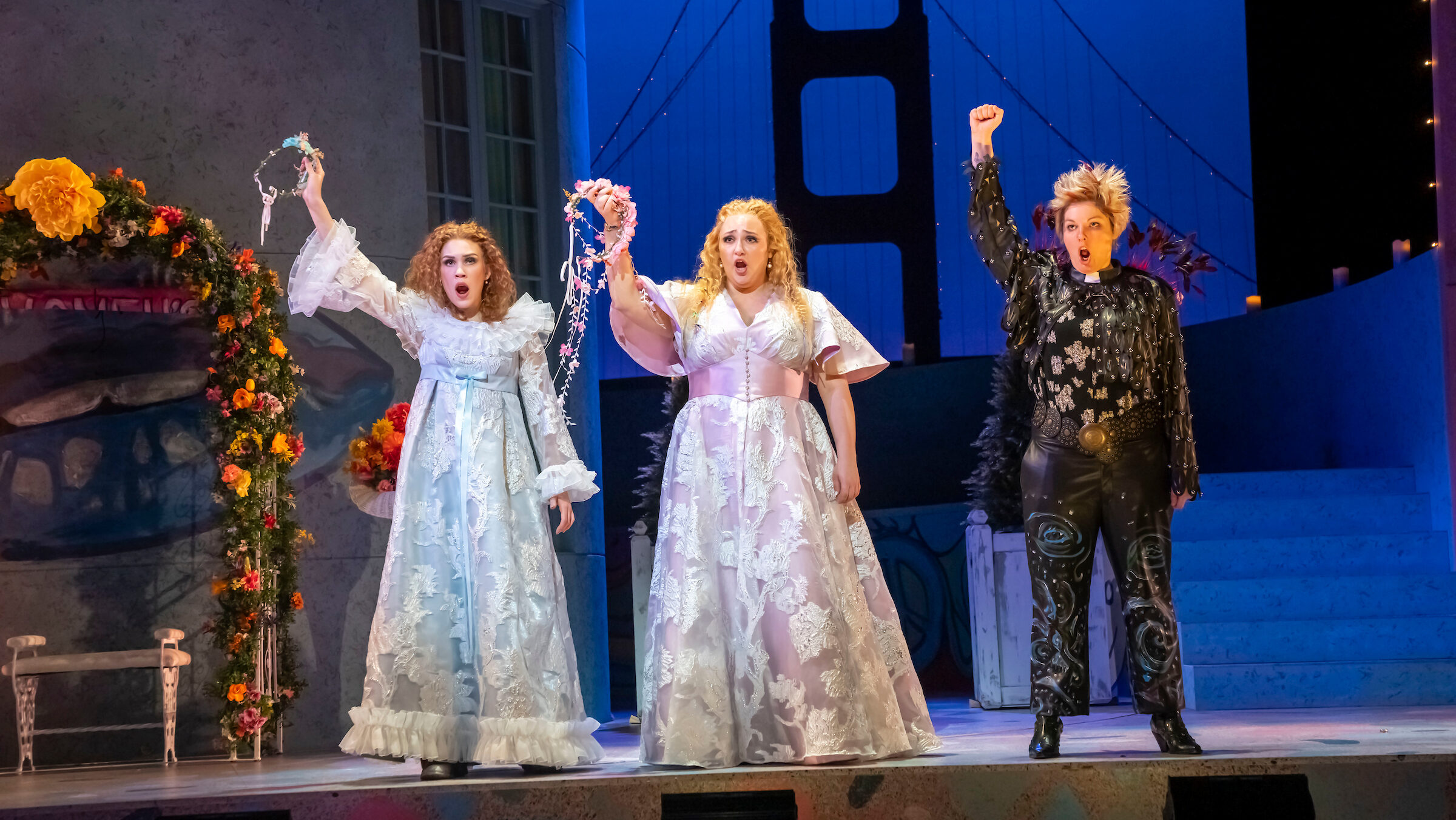


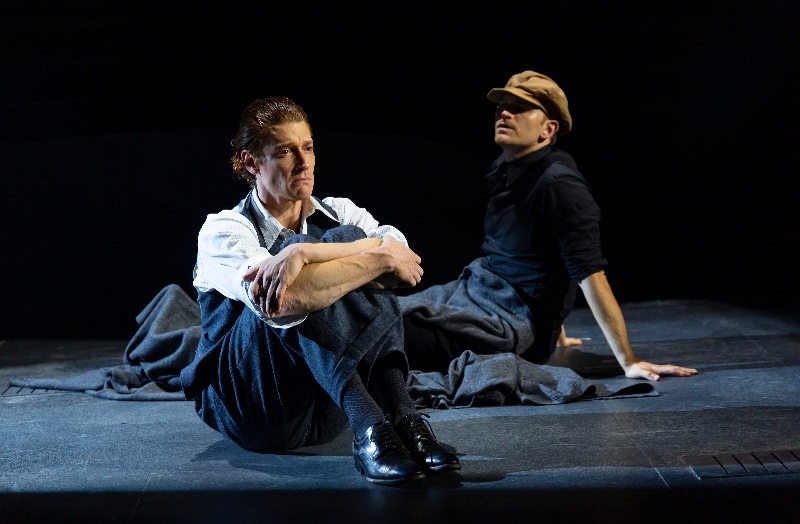

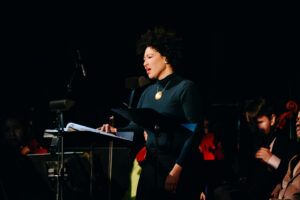
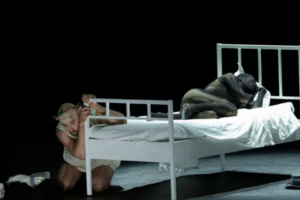
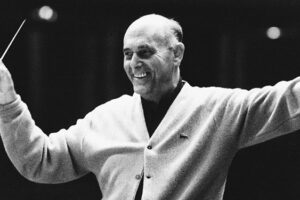
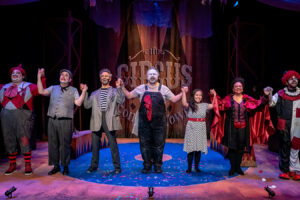






Comments